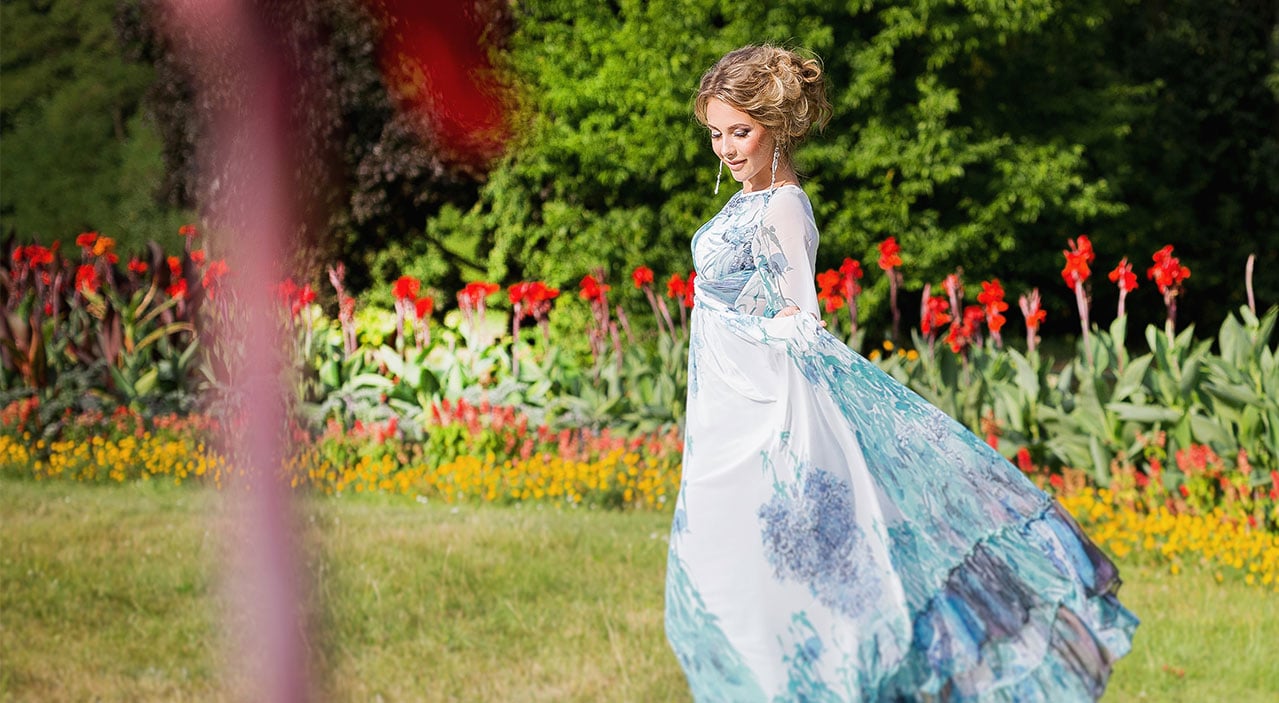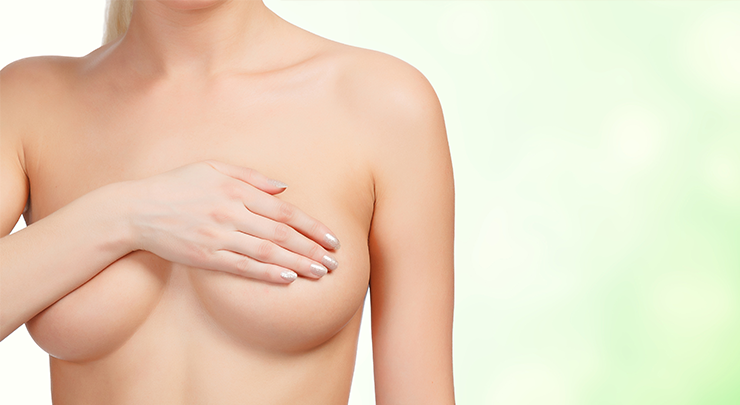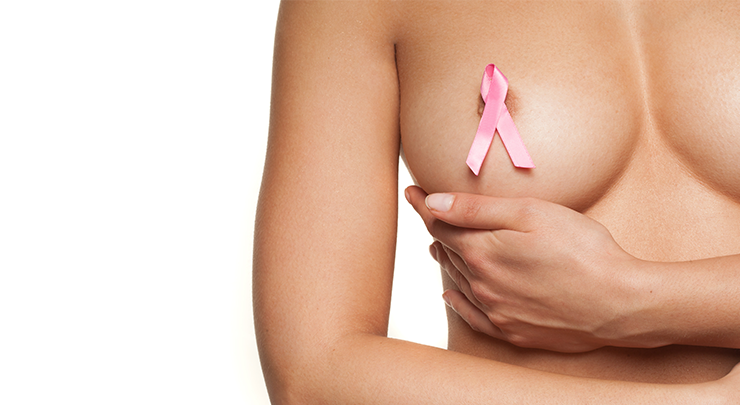
Create the highest, grandest vision possible for your life because you become what you believe.
- Oprah Winfrey

Create the highest, grandest vision possible for your life because you become what you believe.
- Oprah Winfrey
Inverted nipples give you a breast contour that you find unattractive. Dr. Kasrai can help you achieve a more pleasing contour with a technique that prevents reoccurrence.
he average breast features a nipple at the centre of the areola that is well-defined from the rest of the breast. In certain situations, such as when aroused or cold, the nipples can become even more prominent, taking on a rounder shape. This contributes to a breast shape that you probably consider to be more attractive. But your breasts don't look this way because you have inverted nipples.
Do I have inverted nipples? You may have nipples that aren't distinct from the rest of your breast. They don't "pop out" and remain flat or are retracted, remaining within your breast. If this is true for you, then you have inverted nipples. You don't like their appearance. You feel so embarrassed that you avoid showing your breasts to anyone, even your romantic partner. You may even feel abnormal.

As a woman and board certified plastic surgeon, I want to make sure you understand that you're not abnormal. Inverted nipples are a common trait many, many women have. However, if you still dislike their appearance, you can consider inverted nipple correction surgery.
This procedure releases constricted nipples so that they are able to protrude, enhancing your breast shape.
Some of my patients who have had inverted nipple correction surgery performed by other surgeons find that their nipples retract again after a few years. This means that they have to undergo another surgery to resolve this. I perform a technique that prevents the nipples from retracting again, so that you'll have permanent results.
Local anesthesia, local with sedation, or general anesthesia, is administered.
Incisions are made in the nipple and areola to release the tethered ducts that are preventing your nipple from protruding. Then, breast tissue is advanced forward to fill the space. This prevents the nipple from retracting again. Incisions are then closed and dressed.
The reoccurrence of inversion after surgery is a priority for me and my patients.
– Dr. Leila Kasrai
When you get home, it's important to get plenty of rest and avoid strenuous activities for the first week or so. You can gradually return to exercise after about a month.
You'll most likely have some swelling, bruising and discomfort. These are common following any surgery but should all gradually subside in a couple of weeks. Your nipples may look a little too prominent at first, but this is due to the swelling. Please wait about a month or so for your optimal results to appear.
Inverted nipples correction is a fairly straightforward procedure. It involves less recovery time than other cosmetic surgery procedures. When you see how your overall breast shape looks after about a month following surgery, you'll be pleasantly surprised at its appearance. My patients frequently comment on how much nicer their breasts look. The breasts take on more of a ski-slope shape. Some patients also have breast augmentation or breast lift performed at the same time as their nipple inversion correction to dramatically improve their breast contour.
This procedure is designed to correct nipples that are inverted, making them protrude beyond the surrounding surface of the areola. It can be performed on one inverted nipple or both.
Nipples are naturally inverted or retracted until adolescence. After adolescence, they protrude. However, if this doesn't occur, then you have inverted nipples, also known as reversed nipples. It is most often caused by genetics, but can sometimes be the result of trauma.

If you've always had inverted nipples, then this most likely is not a sign of cancer. However, if your nipples have suddenly inverted, this should be examined by your doctor. It may not be a sign of cancer, but it could be another issue.
Many women have inverted nipples naturally. While it may not be the norm, I wouldn't refer to it as "abnormal" simply because that sounds a bit harsh. In fact, one study that was published in Aesthetic Plastic Surgery back in 1999 went as far as referring to the condition as a "disease." While I do not believe that it is a disease, I can understand how some women may find it to be a problem. Inverted nipples may be aesthetically displeasing or make breastfeeding difficult (or impossible).
Nipple inversion may make the contour of the breast less attractive, since there is no nipple to complete it.
Unfortunately, there is a high risk of being unable to perform breastfeeding after inverted nipple surgery.
For mild cases, non-surgical correction may be possible with devices that gently suction the nipple. Inverted nipple correction without surgery stretches out the tissues in the area to make the nipple protrude. However, this is usually only effective for grade 1 nipple inversion.
Back in 1999, a study published in Plastic & Reconstructive Surgery created a grading for nipple inversion:
Nipples come in a variety of shapes and sizes. Some are flat and some are more pronounced. Either way, they are both normal!
There are several risks related to inverted nipple correction that are similar to other procedures. These include:
Please note that one risk you should also be aware of is how the surgery can impact your ability to breastfeed. I take all precautions to minimize this risk, however no reputable plastic surgeon can guarantee that breastfeeding is possible after surgery. For this reason, you may want to consider having the surgery done after you've had children.